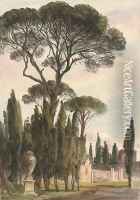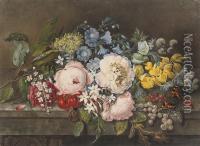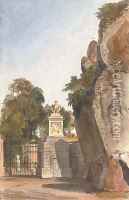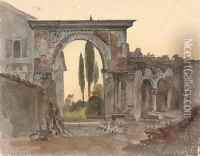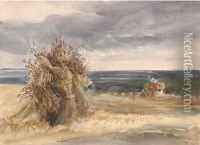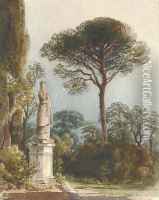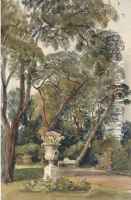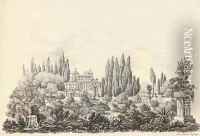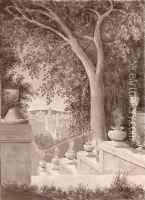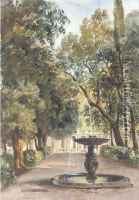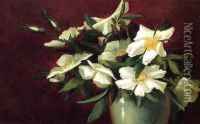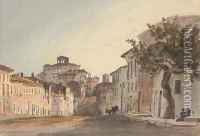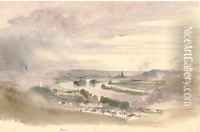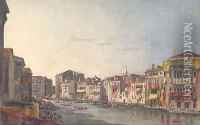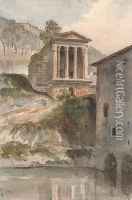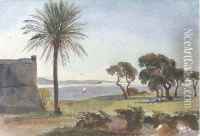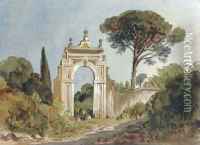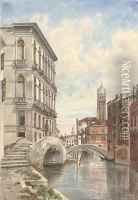Harriet Cheney Paintings
Harriet Cheney was an English-Canadian painter known for her landscape watercolors and miniatures. Born on September 3, 1803, in London, England, Cheney was part of a family with artistic ties; her father was a drawing master, and her brother, Edward Cheney, was also a painter and art collector.
Harriet's artistic journey began under the tutelage of her father and was later influenced by her travels across Europe, where the rich landscapes and historical architecture would become central themes in her work. Cheney was not only skilled in watercolors but also excelled in creating miniature portraits, a popular art form during the early 19th century. Her miniatures often depicted members of the English gentry and were notable for their detailed and delicate execution.
In 1832, Cheney moved to Canada with her sister and brother-in-law, who was a reverend. The shift to North America did not dampen her artistic pursuits; instead, it provided a new environment and subjects for her art. Cheney captured the Canadian landscapes with a romantic eye, portraying the wilderness and settlements with a sense of wonder and beauty.
Throughout her career, Harriet Cheney remained an active artist and participated in exhibitions. Her works were displayed at the Royal Academy of Arts in London and in various Canadian venues, gaining her recognition and prestige. Despite the challenges faced by women artists during her time, Cheney managed to build a successful career and leave a legacy that would inspire future generations.
Cheney's work is an important part of the early history of Canadian art, showcasing the country's natural beauty through the eyes of a skilled and passionate painter. She continued to create art until her later years and passed away on April 27, 1888, in Montreal, Quebec. Today, her paintings are held in private collections and public galleries, appreciated for their historical value and artistic merit.
